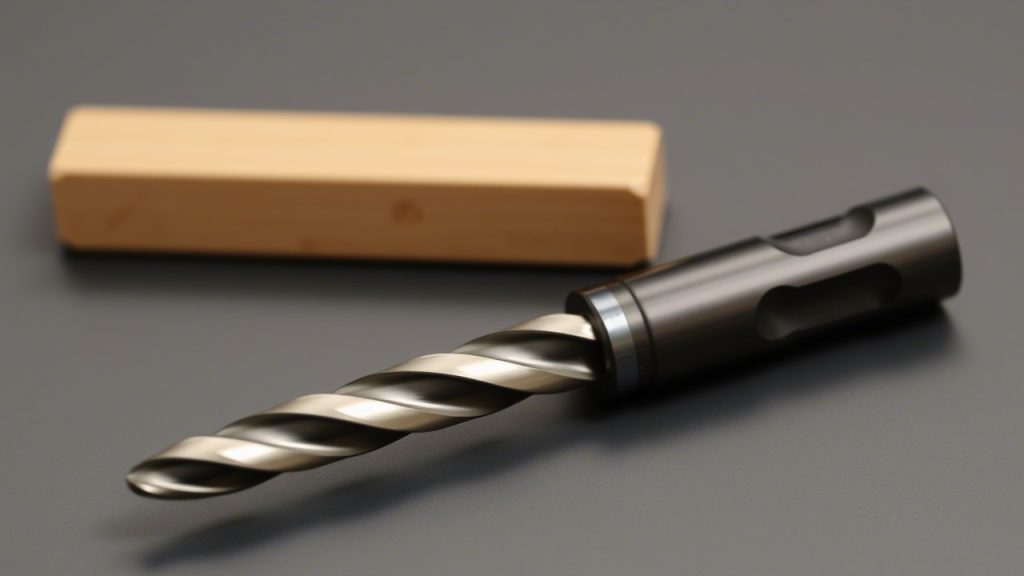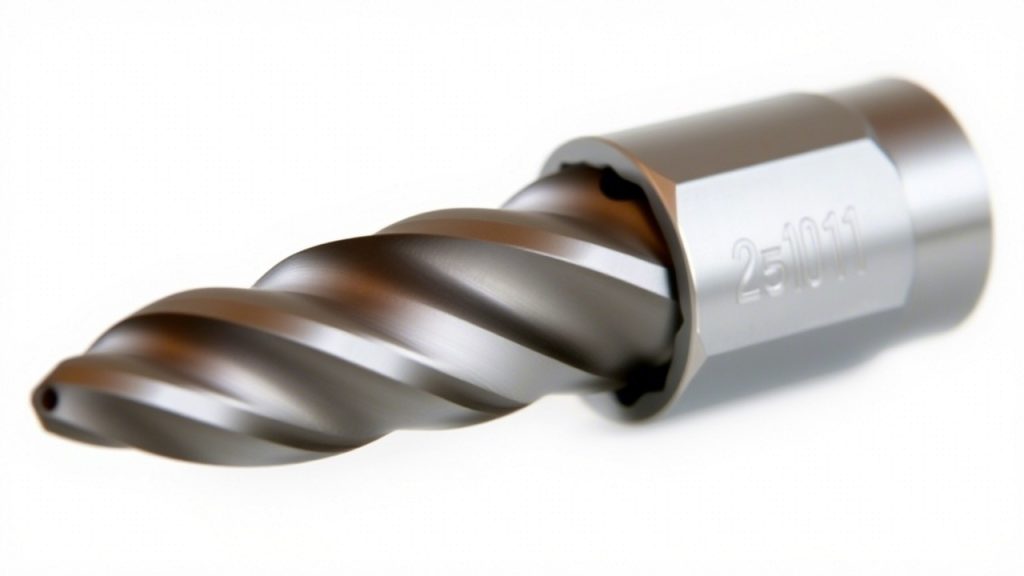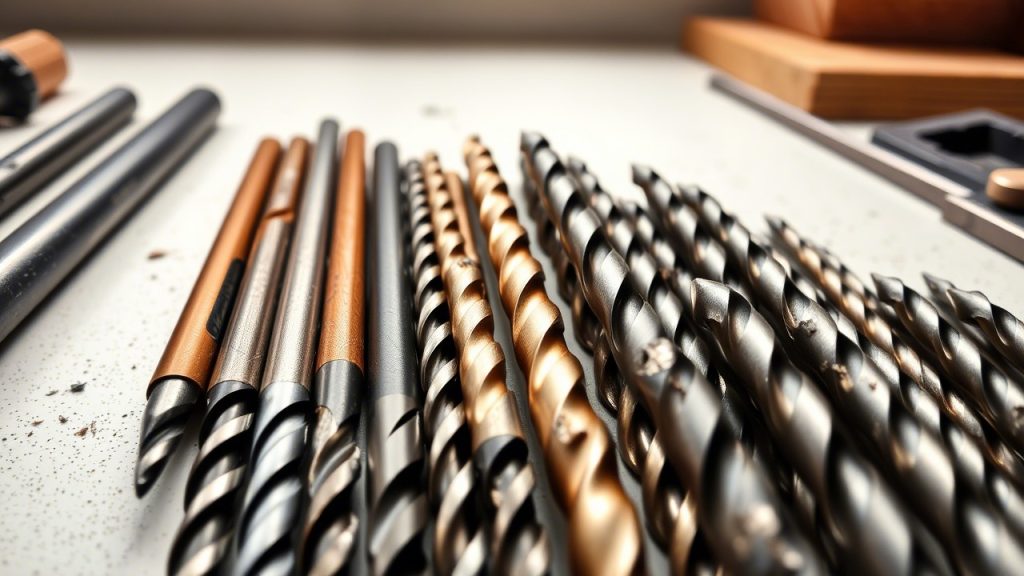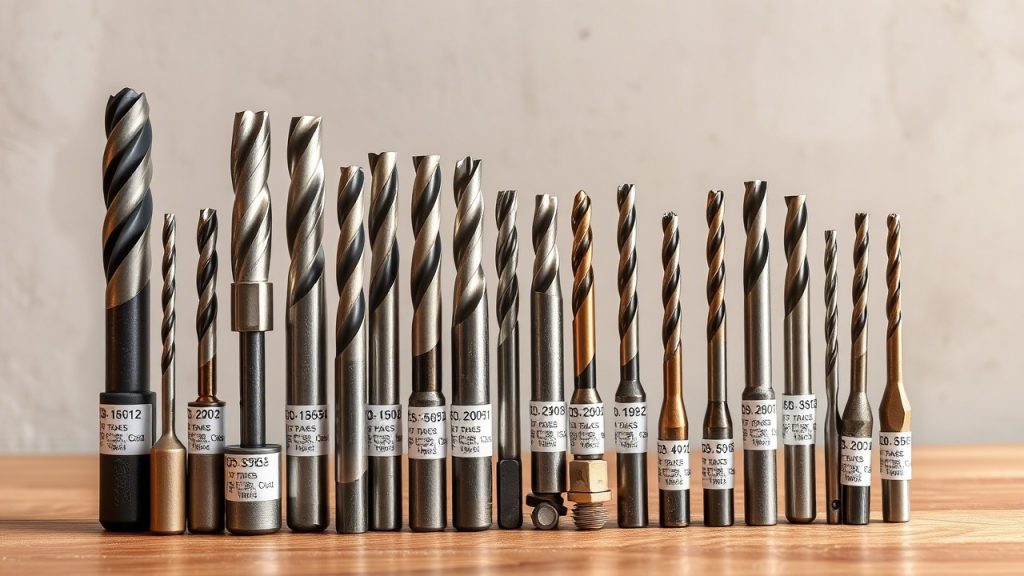When it comes to DIY projects, home repairs, and even professional construction work, a power drill is one of the most important tools in any toolkit. It’s versatile, reliable, and essential for a wide range of tasks. But while most people know how to use a drill to make a hole, there’s so much more you can do with this tool.
Whether you’re a seasoned DIYer or just getting started, these 10 genius drill hacks will help you work smarter, faster, and more efficiently. We’ll dive into some clever drill tips and tricks that will save you time, effort, and frustration. Let’s get started!
1. Drilling Perfect Pilot Holes with a Piece of Tape
If you’ve ever tried to drill into a material like wood or drywall and ended up with a crooked hole, you know the struggle. A simple but genius trick for ensuring your pilot holes are straight and accurate is using a piece of painter’s tape. Here’s how to do it:
How it works:
- Take a strip of painter’s tape and stick it along the spot where you want to drill.
- Mark the spot where you need to drill with a pencil or pen, right in the center of the tape.
- The tape will help keep the drill bit from slipping, giving you more control and accuracy as you drill. It’s especially useful on smooth surfaces or materials that are prone to damage, like drywall.
Not only will this help with accuracy, but it also minimizes the risk of splintering when drilling into wood. It’s a small hack, but it can make a world of difference in the quality of your work!

2. Using a Drill to Sand Surfaces
Drills are known for drilling holes, but did you know you can also use them to sand surfaces? Yes, your power drill can be an excellent tool for sanding, too. This hack is especially useful for smoothing out rough edges on wood or removing paint from metal surfaces.
How it works:
- Buy a sanding attachment for your drill. These attachments come in various shapes, including circular pads and sanding belts.
- Attach the sanding pad to your drill, and you’re good to go! You can use the sanding tool just like you would a traditional hand sander to remove excess material, smooth out rough spots, or prepare a surface for painting.
- If you’re working on smaller or more delicate pieces, you can also use finer sandpaper for a smooth finish.
This trick will save you time, especially on larger surfaces, and provide a more even finish than hand sanding alone.
3. Using a Drill for Mixing Paint or Concrete
A drill isn’t just for drilling holes — it can also be a great tool for mixing paint, concrete, or other thick liquids. Trying to mix paint by hand can be labor-intensive and time-consuming, while a drill can do the job in a fraction of the time.
How it works:
- Simply attach a paint mixer or a concrete mixing paddle to the drill’s chuck. These paddles are available at most hardware stores and are specifically designed to be used with a power drill.
- Put the paddle into your paint or concrete mixture and turn on the drill to start mixing.
- Adjust the speed setting on your drill as needed. The higher the speed, the faster the mixing, but be careful not to splash the mixture around.
This drill hack is perfect for home improvement projects where you need to mix large batches of paint or small amounts of concrete. It’s much quicker and easier than using a manual mixer.

4. Using a Drill for Tightening Nuts and Bolts
Did you know you can use your drill to tighten nuts and bolts? With the right attachment, this can make installing furniture, assembling machinery, or working on cars much quicker and more efficient. A drill with a socket adapter is a total game-changer when it comes to tightening fasteners.
How it works:
- Get a socket adapter that fits your drill’s chuck and a set of sockets that match the size of your nuts and bolts.
- Attach the socket to the adapter, insert the bolt or nut, and use the drill to tighten or loosen it.
- The power of the drill makes it much faster than doing it by hand, saving you time and effort.
This hack is particularly useful when you have multiple fasteners to tighten, and you want to avoid repetitive hand movements. It’s also more ergonomic and can reduce strain on your hands.
5. Drill with a Depth Stop for Consistent Holes
When you need multiple holes that are the same depth, such as when installing shelf brackets or curtain rods, it can be tricky to ensure all of the holes are drilled to the same depth. Fortunately, there’s a simple solution: a drill depth stop.
How it works:
- Attach a depth stop collar to your drill bit.
- The collar will allow you to drill holes to a consistent depth every time, without the need for measuring or guessing.
- Simply adjust the collar to the desired depth and start drilling. Once the collar touches the surface, you know you’ve reached the right depth.
This simple attachment can save you a lot of time and ensures precision when drilling multiple holes in a row. It’s especially handy for projects where consistency is key.

6. Drill into Concrete with Ease Using a Hammer Drill
If you’ve ever had to drill into concrete, you know it’s not the same as drilling into wood or drywall. Concrete is hard and resistant, making it difficult to penetrate with a standard drill. But there’s an easy hack to make drilling into concrete a breeze: use a hammer drill.
How it works:
- Hammer drills combine rotational drilling with a hammering motion, which makes it easier to break through tough materials like concrete or brick.
- If you don’t have a hammer drill, you can rent one from your local hardware store. They usually come with special drill bits designed specifically for masonry work.
- With the hammer drill, you’ll notice that drilling into concrete or stone becomes much quicker and less frustrating.
This is a must-know drill hack for anyone planning on doing some serious DIY work or construction in a home or workshop.
7. Use Your Drill for Cleaning with a Wire Brush Attachment
Drills aren’t just for construction work — they can also help you with cleaning tasks around the house or garage. By attaching a wire brush to your drill, you can remove rust, grime, and debris from various surfaces with ease.
How it works:
- Purchase a wire brush attachment that fits your drill’s chuck. These are available in different sizes and shapes depending on your cleaning needs.
- Attach the wire brush to the drill and start scrubbing. The spinning motion of the drill will help the brush clean tougher materials much faster than scrubbing by hand.
This hack works great for removing rust from tools, cleaning metal surfaces, or even cleaning grout in your bathroom. It’s an easy way to save time and effort on cleaning tasks!

8. Use a Drill to Polish Surfaces
Much like sanding, polishing can be a time-consuming and tedious task, especially if you’re working on larger surfaces. But with the right drill attachment, you can turn your drill into a polishing tool.
How it works:
- Purchase a polishing pad attachment that’s compatible with your drill.
- Use the pad to apply a polishing compound or wax to the surface you want to polish.
- Turn on the drill and use slow, circular motions to achieve a shiny, smooth finish.
This drill hack works great for polishing furniture, cars, or any other surface that needs a glossy finish. It’s a simple way to get professional-looking results in no time!
9. Make Your Own Drill Guide for Perfect Angles
When you need to drill at specific angles, it can be difficult to get the accuracy you need without a guide. However, you can easily make your own drill guide at home using a simple piece of scrap wood.
How it works:
- Cut a piece of scrap wood to the angle you need for your project.
- Drill a hole in the wood where you want to guide your drill bit.
- Secure the guide to your work surface with clamps or screws, and use it to drill at the perfect angle every time.
This makes drilling angled holes much easier, whether you’re working on a framing project, installing a fence, or building custom furniture.
Frequently Asked Questions
- Can I use my drill for everything, or is it only for making holes?
- While drills are primarily designed for drilling holes, they can also be used for tasks like sanding, polishing, mixing, and even cleaning, thanks to the variety of attachments available.
- What’s the best drill bit for drilling into metal?
- For metal drilling, high-speed steel (HSS) drill bits are typically the best choice. These bits are durable and designed to withstand the heat generated during metal drilling.
- How do I prevent my drill bit from getting stuck in the material?
- To prevent drill bits from getting stuck, make sure you use the correct type of bit for the material, maintain steady pressure, and use the appropriate speed setting on your drill.
- How do I maintain my drill to ensure it lasts longer?
- Regular maintenance is key! Clean your drill after use, lubricate moving parts as needed, and store it in a dry place. It’s also important to replace worn-out drill bits when necessary.
- Can I use my cordless drill for heavy-duty tasks?
- Cordless drills are great for light to moderate tasks. For heavy-duty tasks like drilling into concrete or driving large fasteners, you may need a more powerful drill or a hammer drill.
- What’s the difference between a drill and a hammer drill?
- A hammer drill combines the normal rotary motion with a hammering motion, allowing it to break through tougher materials like brick and concrete. A standard drill is used for regular drilling into wood, metal, or plastic.
- How do I know when it’s time to replace my drill bits?
- If your drill bits are dull or chipped, it’s time to replace them. Dull bits can cause the drill to overheat, waste energy, and produce inaccurate holes.
- Is it okay to use a drill to tighten screws and bolts?
- Yes! With the right bit or socket attachment, you can use a drill to quickly tighten screws and bolts, making the process faster and less physically taxing.
- How can I avoid damaging the material when drilling?
- To avoid damage, use the correct drill bit for the material, apply consistent pressure, and if drilling into delicate materials, use painter’s tape to keep the drill bit from slipping.
Conclusion
Incorporating these 10 genius drill hacks into your DIY toolkit will not only help you work faster and more efficiently, but it will also elevate the quality of your projects. The drill is one of the most versatile tools in any craftsman’s arsenal, and knowing how to use it beyond just drilling holes can save you time, effort, and money. Whether you’re mixing paint, sanding surfaces, or tightening bolts, these hacks will help you get the job done like a pro.
Remember, the key to mastering any tool is to learn how to use it to its full potential. With these drill tricks up your sleeve, you’ll tackle every task with confidence and precision. So, next time you pick up your drill, don’t just think of it as a simple hole-maker — think of it as your multi-functional workhorse that can handle a wide range of jobs with ease.
Now that you’ve got these clever hacks in your back pocket, it’s time to put them to good use. Happy drilling, and may your DIY projects always be smoother and more successful!





